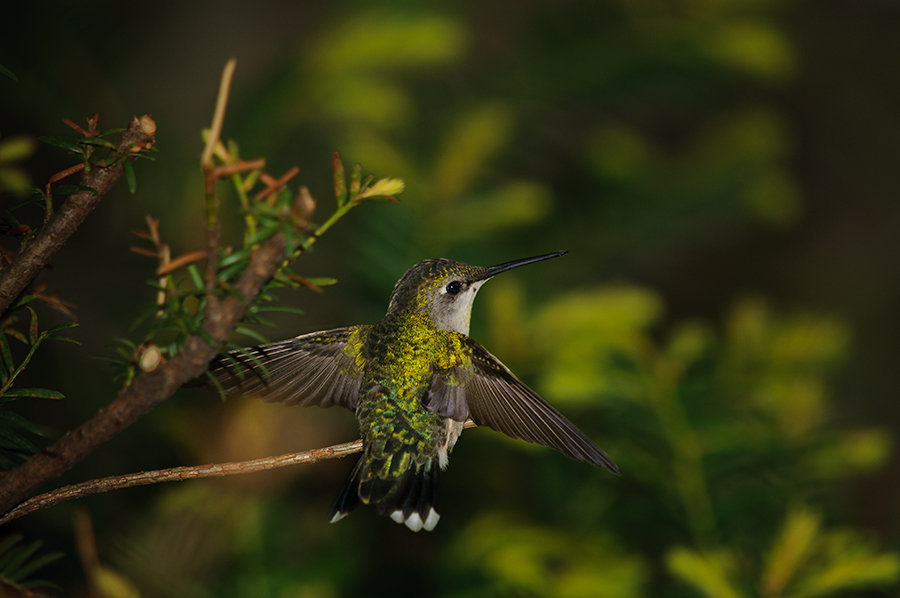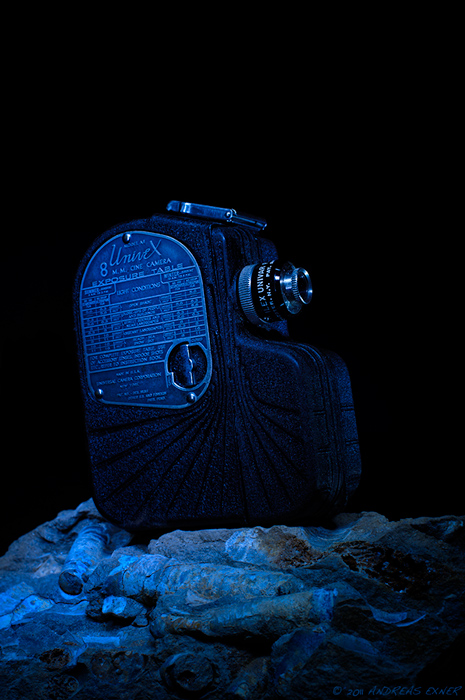 Click in the photo or just HERE for a larger version of this photo.
Click in the photo or just HERE for a larger version of this photo.
Don’t worry, there will be at least two more posts about the warblers that we had here during this week. But before that I like to thank my photography friend Dave Updegraff for shooting together with me today and letting me test some photo gear that he owns. We used the gorgeous weather and just clicked away in our front yard. Birds were here again in abundance and I enjoyed exchanging thoughts, sharing our ways to make a photo, and discuss our workflows and other photography stuff. I had a great time this morning!
I thought this female Ruby-throated Hummingbird is worth a closer look because of the details in its feathers, and so for the first time I publish an image that has a higher resolution and size. If you click on the photo the larger version will open in a new window. I hope you enjoy!

